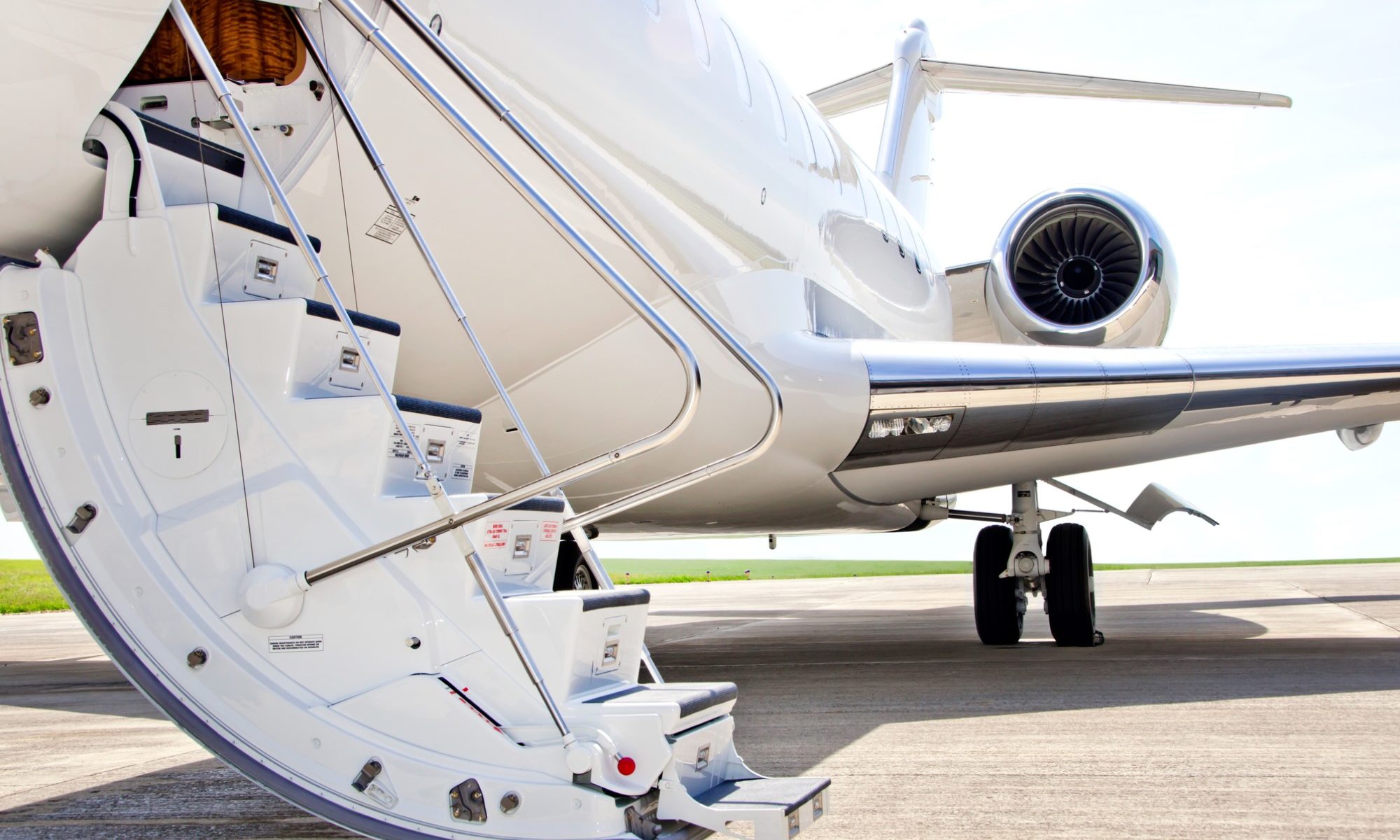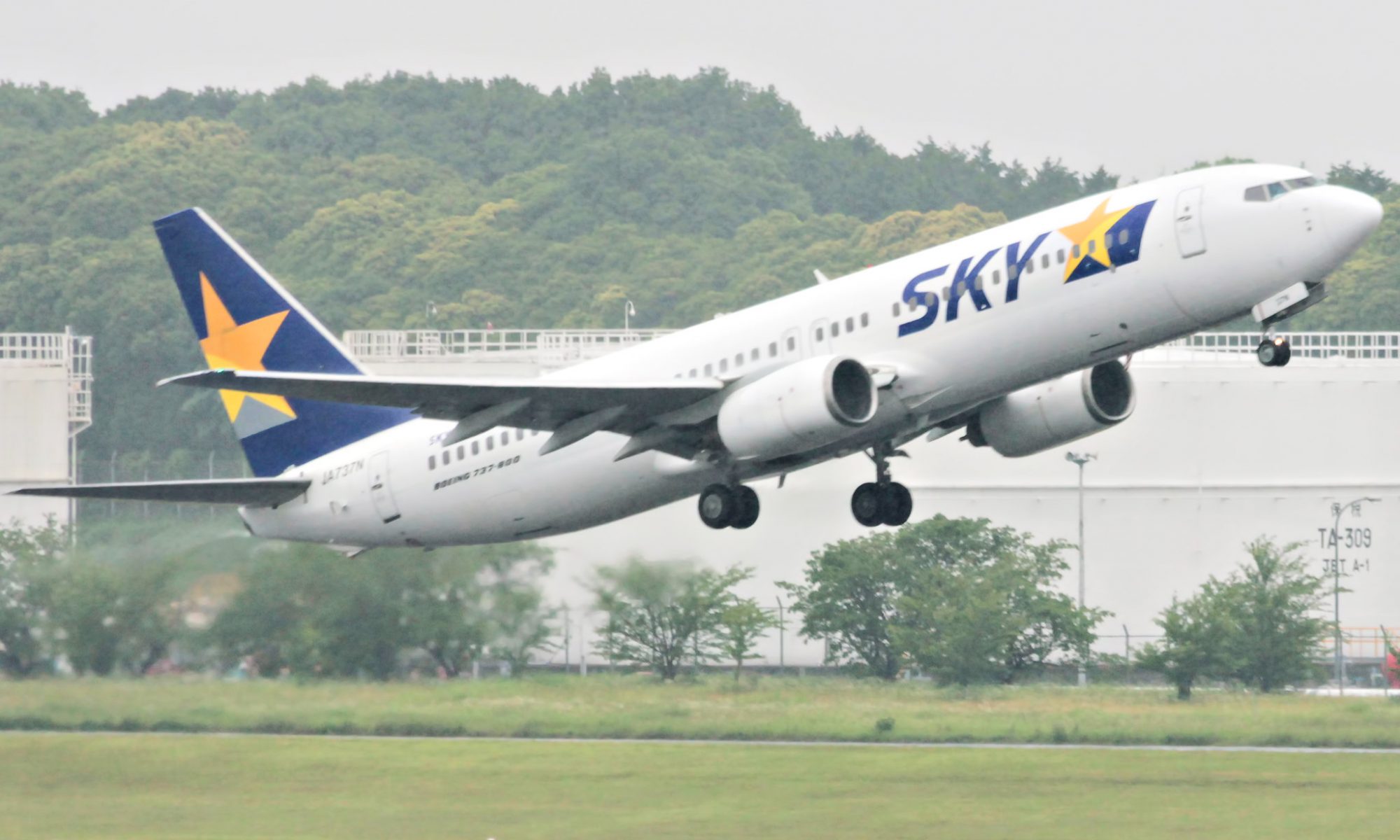A number of celebrities have recently found their high-flying lifestyles under scrutiny after a report by sustainability marketing firm Yard shed light on the astronomically high carbon-cost of private jets. Yard provided data on a number of particularly egregious offenders – though among these, Taylor Swift (with an annual flight carbon footprint of 8,293.54 tonnes) ranked worst.
For context, Taylor’s flights came in at more than 1,200 times the average person’s annual carbon footprint. But it’s much worse than that.
In assessing the morality of these emissions, we shouldn’t be comparing them to what other people actually emit. Instead, we should be focusing on what we, as individuals, should be emitting.
Here’s the thing: Given the damage done so far, there’s no safe level of carbon emissions. Every tonne of CO2 introduced to the atmosphere increases the risk of catastrophic climate harms – be they floods, fires, or oppressive heatwaves. In order to totally eliminate this increase in risk, we would have to immediately reduce our net carbon emissions to zero. And that’s just not feasible. So, all the international community has been able to do is decide on an acceptable level of risk. In 2011, nearly all countries agreed to limit the global average temperature rise to no more than 2°C compared to preindustrial levels – the maximum global temperature rise we can tolerate while avoiding the most catastrophic effect of climate changes. According to the Intergovernmental Panel on Climate Change, achieving this with a probability of >66% will require us to keep our global carbon expenditure below 2900GtCO2. As at the time of writing, only 568GtCO2 remains.
But how exactly do we apportion this carbon budget amongst the people of Earth?
There are a number of ways we might do this. One way would be to take this current carbon budget and divide it equally among every resident of earth. This would give each person 71.4 tonnes – or just under one tonne per year over the average global lifespan. For those living in developed countries, a more generous budget can be arrived at by taking our current (very high) carbon expenditure, and proportionally reducing it over time in order to hit the 2°C target. In concrete terms, this would require our emissions to peak now, drop 50% by 2045, and fall below zero by 2075. Carbon Brief provides an incredibly helpful analysis of individual carbon budgets based on this approach. On this breakdown, a child born in the U.S. in 2017 (the most recent year for which data is available) will have to make do with a lifetime budget of only 450 tonnes of CO2 – that’s only 5.7 tonnes per year over the average lifespan.
All of this means that Swift is – with a single year of flights – blowing the carbon budget of 1,455 school-aged children. When understood in these terms, the frivolous use of private jets by celebrities seems even worse.
But are we in a position to judge?
Sure, the high-flying lifestyles of celebrities are particularly atrocious. But the truth is that most of us in the developed world are far exceeding our personal carbon budgets. Consider the (very generous) 5.7 tonne U.S. budget provided above. This year, the per capita emissions of U.S. citizens is expected to be around 14.7 tonnes – almost triple our budget. And while we might be amenable to making small improvements like living car-free (saving 2.4 tonnes per year), avoiding air travel (saving 1.6 tonnes per year) or going vegan (saving 0.8 tonnes per year) we seem largely unwilling to make the changes that really matter. Having a child, for example, comes at a carbon cost of 59.8 tonnes per parent per year. This means that a 30-year-old U.S. parent with three children already spends fourteen times their annual carbon budget on their procreative choices alone. All of this is relevant in assessing our attitudes towards high-flying celebrities.
Consider an analogous case: Suppose that a severe drought has struck your hometown, and that emergency water supplies are being distributed by the National Guard. There are sufficient supplies for every resident to receive exactly one gallon bottle of water. You arrive at the town square to receive your ration, only to witness a thief driving off with a truckload of fourteen hundred bottles. You are incensed at this behavior – as are many of your fellow residents. But then you notice that everyone around you is making off with far more than their allocated ration of water – some with as many as fourteen bottles under their arms. How should we feel about this situation? Sure, the thief is enormously selfish. He’s also creating a huge risk of harm to others through his actions. But everyone else is doing the same – if not to the same extent.
What’s more, by directing their ire towards the thief they’re managing to avoid reflection on their own immoral behavior and that of their more immediate neighbors.
Something similar can easily happen when it comes to tackling the climate crisis. When considering the problem, our thoughts go first to those who are doing the most harm. And they should. But we must avoid the temptation of pointing to those contributors as a way of avoiding taking responsibility for our own contributions. There’s a real concern that, in heaping judgment on celebrities like Taylor Swift, we merely avoid considering the many meaningful ways in which we, as individuals, might reduce our own harmful contributions to the climate crisis.


